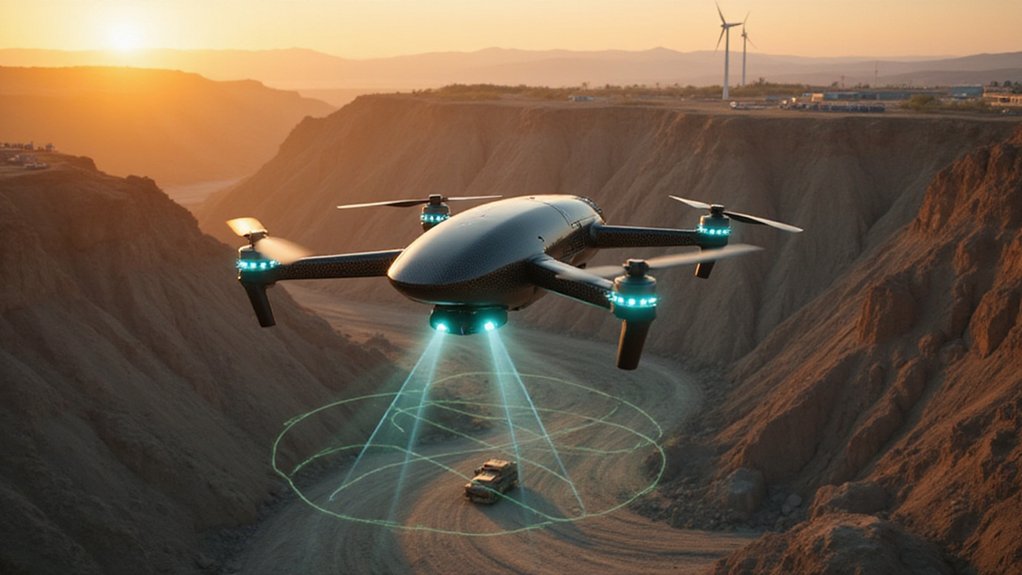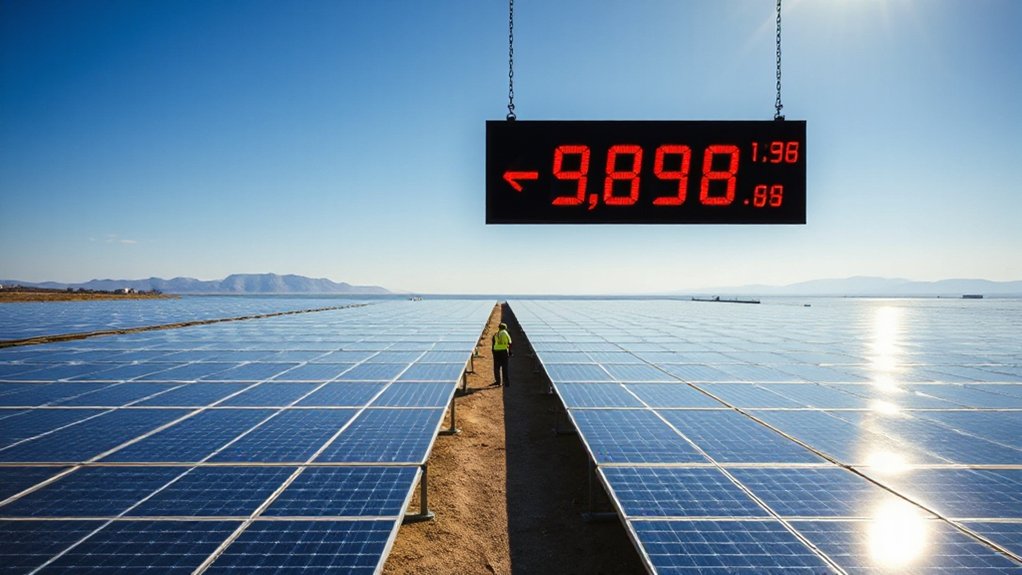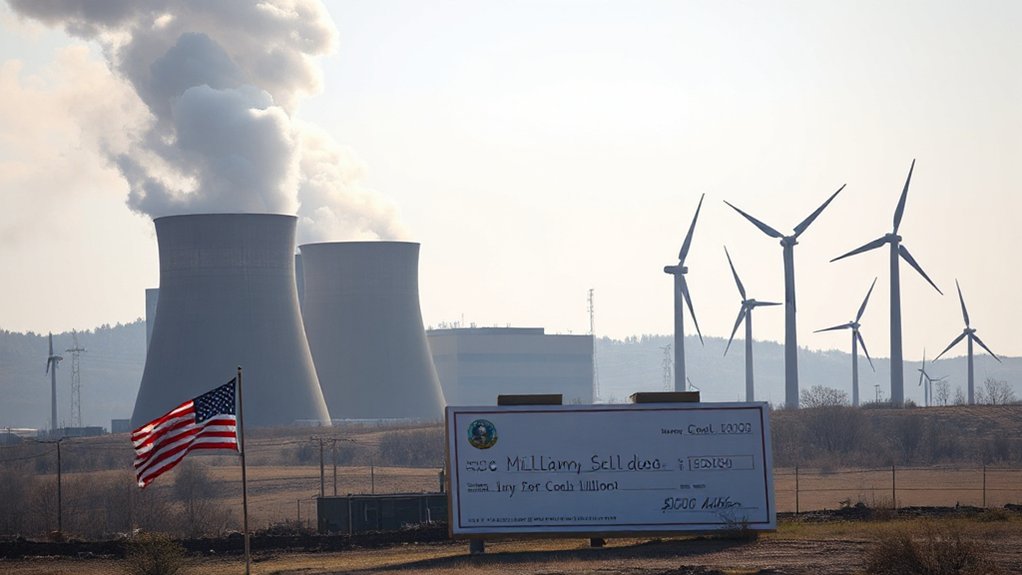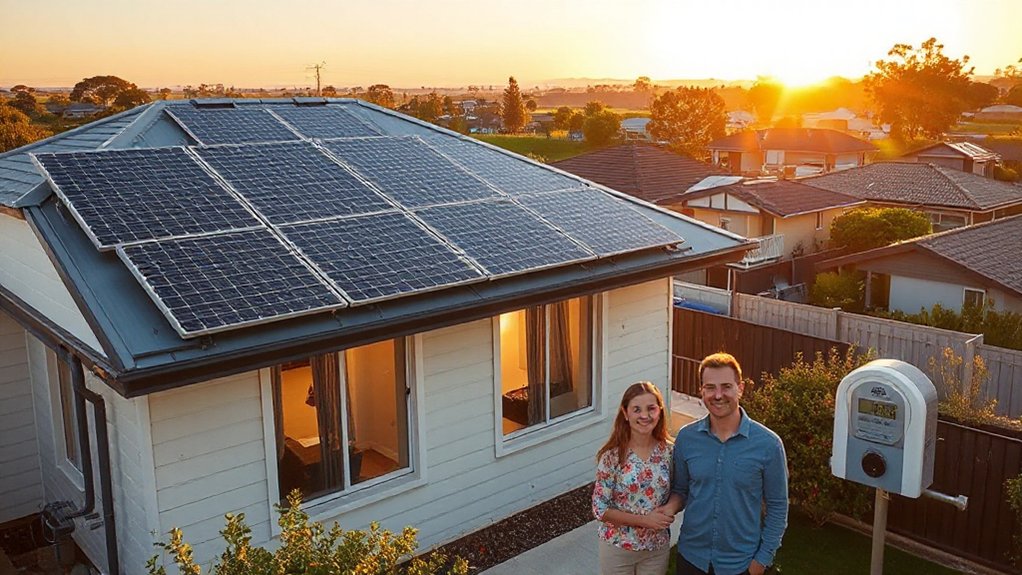Backup power systems expose green energy’s false promise. While solar panels look great on paper, they’re useless without storage when clouds roll in or night falls. Modern battery systems like Tesla Powerwall offer solutions, but at staggering costs. Even with 30% federal tax credits, homeowners still shoulder massive expenses. The technology works fine—it’s the economics that don’t add up. Turns out, energy independence remains a luxury for those with deep pockets. The full story gets even messier.
When did powering your home become so complicated? One day you’re just flipping switches, the next you’re comparing lithium-ion specs and tax credits. Welcome to the messy reality of backup power systems in our supposedly green future.
The promise sounds perfect. Install some solar panels, add a sleek battery system, and voilà – energy independence! Tesla Powerwall 3, LG Chem RESU, Sonnen Eco – they’re all competing for wall space in your garage. They look nice, sure. But they’re expensive. Really expensive.
Here’s the thing. These batteries aren’t just accessories. They’re essential. Without storage, solar power becomes useless the moment clouds appear or the sun sets. Your fancy renewable setup suddenly isn’t so renewable when you’re sitting in the dark at 8 PM.
The federal government dangles a 30% tax credit through 2034. Great. Still leaves 70% for you to cover. And those batteries aren’t cheap – we’re talking thousands of dollars upfront versus the ongoing dribble of generator fuel costs.
Some homeowners are hedging their bets with hybrid systems. Solar batteries for daily use, traditional generators for when things get serious. It’s practical but hardly the clean energy transformation we were promised. More like an awkward shift we’re pretending is the destination.
Battery technology options exist beyond lithium-ion – lead-acid and nickel-metal hydride being the main alternatives. They’re cheaper but less efficient with shorter lifespans. Pick your poison. These battery systems are specifically designed to store excess energy from renewable sources like solar panels for later use. Despite the challenges, these systems are crucial for data integrity when integrated into modern smart homes.
The compatibility question also looms large. AC-coupled or DC-coupled? Depends on your existing setup. More decisions, more potential for expensive mistakes.
Let’s be honest – backup power systems aren’t failing green energy’s promise entirely. They’re just making it really complicated and expensive to fulfill. The technology works. The economics? Not so much. Not yet.
For now, powering your home cleanly through outages remains a luxury good – available to those with cash to spare and patience for installation headaches. Some transformation.
The rapid response time of modern battery systems can prevent power fluctuations that damage sensitive electronics during grid transitions.
References
- https://www.franklinwh.com/blog/home-backup-battery-systems-and-renewable-energy-integration-and-compatibility
- https://securepower.com/blog/post/why-sustainable-backup-power-systems-are-the-future/
- https://www.greenlancer.com/post/solar-battery-backup-vs-generator
- https://qualitytx.com/renewable-energy-and-backup-generators-can-they-work-together/
- https://www.generac.com/solar-battery-storage/









